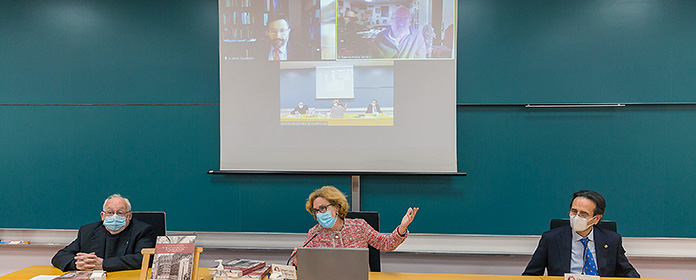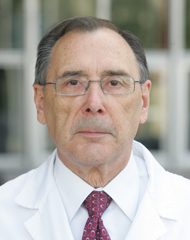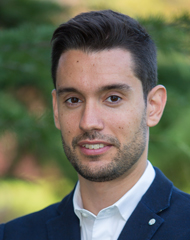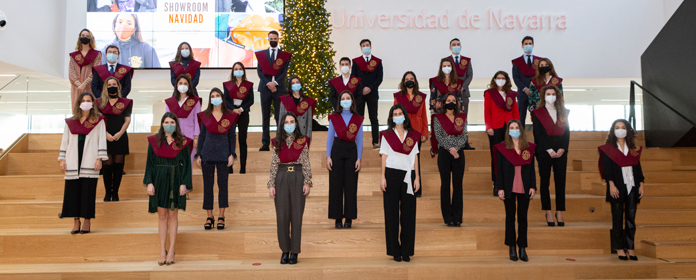Discovery of subject of cells responsible for cardiac repair after heart attack
The Cima and the Clínica Universidad de Navarra lead this international research that reveals the molecular mechanisms involved in the activation of these cells in the face of cardiac damage and the fundamental role of the CTHRC1 protein in the reparative process.
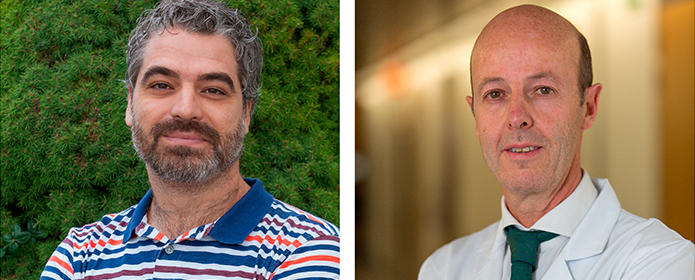
Researchers from the Cima and the Clínica Universidad de Navarra have led an international study in which they have identified the heart cells that are responsible for repairing the damage that occurs in this organ after infarction. These "repair" cells are a subpopulation of cardiac fibroblasts that play a fundamental role in the generation of the collagen scar necessary to prevent rupture of the ventricular wall. The research also reveals the molecular mechanisms involved in the activation of these cells and in the regulation of their function.
This finding, in which basic and clinical researchers have participated, will allow the identification of new therapeutic targets and the development of targeted treatments to control the heart repair process after infarction.
The study is published in the latest issue of the journal Circulationthe leading scientific journal of the American Heart Association ( association ).
Characterization of reparative cardiac fibroblasts.Cardiac fibroblasts are one of the fundamental components of the heart. These cells play a role core topic in maintaining the structure and mechanics of this vital organ. "Recentprograms of study have shown that cardiac fibroblasts do not respond homogeneously to cardiac injury, so the purpose of our study has been to determine their heterogeneity during remodeling of the damaged ventricle and to understand the mechanisms that regulate the function of these cells," explains Dr. Felipe Prósper researcher of Cima and Clínica Universidad de Navarra and manager of the study.
"Using single-cell RNA-seq transcriptomic analysis techniques, we identified a subpopulation within cardiac fibroblasts that we have named Reparative Cardiac Fibroblasts (RCF) for their role after cardiac injury. We have found that, when a patient suffers an infarction, these RCFs are activated to provide a fibrotic response that generates a collagen scar that prevents the rupture of cardiac tissue," says Dr. Prósper, also a member of the network de Terapia Celular (TerCel) and of the high school de research Sanitaria de Navarra (IdiSNA).
CTHRC1, a collagen-related protein essential for the regenerative process.In the detailed study at the molecular level, the researchers have discovered that RCFs are characterized by a unique transcriptional profile , that is, a specific patron saint of information for the expression of the genes involved in their cardiac function. "Among the main differential markers of the transcriptome of these cells, we have identified the CTHRC1 (Collagen Triple Helix Repeat Containing 1) protein, a molecule with a fundamental role in the fibrotic response after myocardial infarction. Specifically, this protein participates in the synthesis of collagen in the cardiac extracellular matrix and is crucial in the ventricular remodeling process," says Adrián Ruiz-Villalba, researcher of the Regenerative Medicine Program at Cima and first author of article.
These results "suggest that RCFs activate cardiac injury healing through the secretion of the CTHRC1 protein. Therefore, this molecule could be considered as a biomarker associated with the physiological state of the damaged heart and a potential therapeutic target for patients who have suffered a myocardial infarction or who suffer from dilated cardiomyopathy," says Ruiz-Villalba, researcher also from IdiSNA. In addition to Cima and the Clinic, basic and clinical researchers from the United States, Belgium and Austria have participated in this research .
This work is part of the line of research in regenerative medicine that the Clinic and Cima have underway, which is aimed at understanding the regenerative potential of stem cells and their therapeutic application in various diseases such as cardiovascular disease. Specifically, this study is linked to project BRAVƎ, an international research that combines bioengineering and cardiac stem cells to recover the functionality of an infarcted heart. BRAVƎ is a project funded by the European Union under the H2020 program (H2020-SC1-BHC-07-2019-874827).
-
reference letter bibliography:
Ruiz-Villalba A. et al. Single-Cell RNA-seq Analysis Reveals a Crucial Role for Collagen Triple Helix Repeat Containing 1 (CTHRC1) Cardiac Fibroblasts after Myocardial Infarction. Circulation. 2020 Sep 25.
Doi: 10.1161/CIRCULATIONAHA.119.044557.

